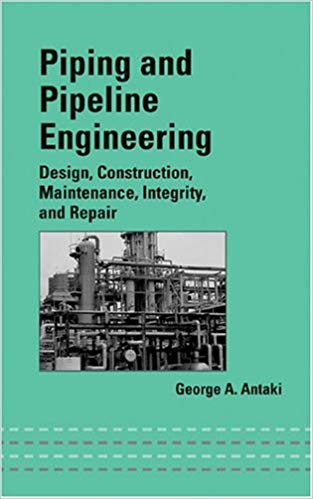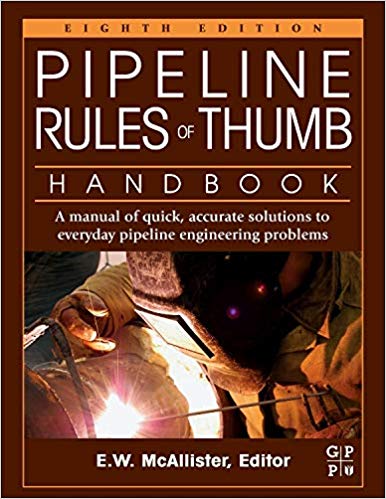Based on https://www.apga.org.au/ Australia has more than 39,000 kilometres of natural gas transmission pipelines that efficiently transport gas under high pressure from where it is produced to the outskirts of cities both large and small. Every molecule of gas used in Australia travels at least part of the way to its destination in a transmission pipeline.
History of pipelines
Australia’s first pipeline was commissioned in the late 1800s to transport water to the Coolgardie gold fields. This set a worldwide precedent by being more than 10 times longer than any other existing pipeline.The Moonie to Brisbane pipeline was the first Australian pipeline built for oil transportation. It was completed in 1964 and was 306 kilometres long. At that time, it was the longest high-pressure pipeline in Australia. The 440km Roma to Brisbane pipeline came into operation in March 1969 and is Australia’s oldest natural gas pipeline.Today, pipelines are also used to transport different forms of gas and other liquids such as oil, slurry and water.
Safety first
Natural gas transmission pipelines in Australia have a good safety record that is longstanding. In addition, there has never been a major gas outage caused by a pipeline incident.The design, construction, testing, operations and maintenance of high-pressure gas transmission pipelines made of steel are underpinned by Australian Standard 2885. The Standard was developed by a working group of industry and government members, and APGA members continue to actively participate in its design, review and development. AS 2885 is written from a safety perspective and requires extensive investigation to identify, document and control any threats to the pipeline along its entire length. It also requires regular review to ensure that any threats identified continue to require consideration and that the controls applied are effective.
The national adoption of AS 2885 by all State and Territory technical regulators and their involvement in its continued development and maintenance has enabled the pipeline industry to achieve a level of regulatory consistency not typical to every industry with state-based regulation. A key safety principle of risk assessment when designing pipelines for all environments is the ‘ALARP’ approach that all risks to the pipeline are to be kept as low as reasonably practicable (ALARP).
Each pipeline is designed to take account of the known and proposed land use and the likely risks in the range of environments through which it passes. The issues that a rural environment poses to a pipeline are very different from those encountered in urban environments.
APGA members also invest in research to improve pipeline safety. The Research and Standards Committee is a partner in the Energy Pipelines Cooperative Research Centre which is undertaking research in four program areas: more efficient use of materials, extension of safe operating life of new and existing pipelines, advanced design and construction, and public safety and security of supply.
East Coast gas grid
The transmission pipeline system is an interconnected grid covering Queensland, New South Wales, Victoria, South Australia, Tasmania and the ACT. The network enables natural gas from Bass Strait to be transported to suburban Sydney and industrial users in south-east Queensland. Gas from the Cooper and Eromanga basins also travels eastwards to Sydney and Brisbane as well as south to Adelaide. Natural gas from Bass Strait goes to Tasmania, Victoria and South Australia, and in Queensland gas is transported from the Bowen, Surat, Galilee, Cooper and Eromanga basins across the south of the State. In recent years, most transmission pipelines in the East Coast grid have been made bi-directional which means that gas produced in Queensland can be used in Tasmania and gas from Bass Strait can be sent to as far north as Gladstone where it could be exported and eventually used somewhere in Asia. This interconnectedness has enabled more flexible arrangements for trading in gas and it means gas can be sent where it is needed.
Two systems set to be joined
The Northern Territory has the Amadeus pipeline which takes gas from fields in the Amadeus Basin near Alice Springs to Darwin. Darwin is also an LNG hub, with multiple offshore gas fields delivering gas to the two LNG facilities there. A new gas transmission pipeline, the Northern Gas Pipeline, has just been completed in the Northern Territory and this will connect its gas fields to the East Coast network, linking the Amadeus pipeline to the Carpentaria pipeline near Mt Isa in Queensland.
Western Australia
The onshore gas transmission pipeline system in Western Australia covers significant distances with the Dampier to Bunbury Pipeline at 1539km and the Goldfields Gas Pipeline at 1590km. These bring gas from offshore fields near Dampier to population centres to the south. Other transmission pipelines in WA service mines and mining towns in the Pilbara.
Efficient transport
Transmission pipelines have diameters, typically 300mm or more, and they operate under high pressure. These two factors mean that the amount of gas that can be transported is optimised. Pipelines also act as storage vessels which can assist in delivering gas in response to peaks and troughs in demand. Transmission charges amount to 3–8 per cent of household delivered gas costs, and 15–20 per cent of wholesale delivered gas costs.
10:38:00 PM | 0
comments





















